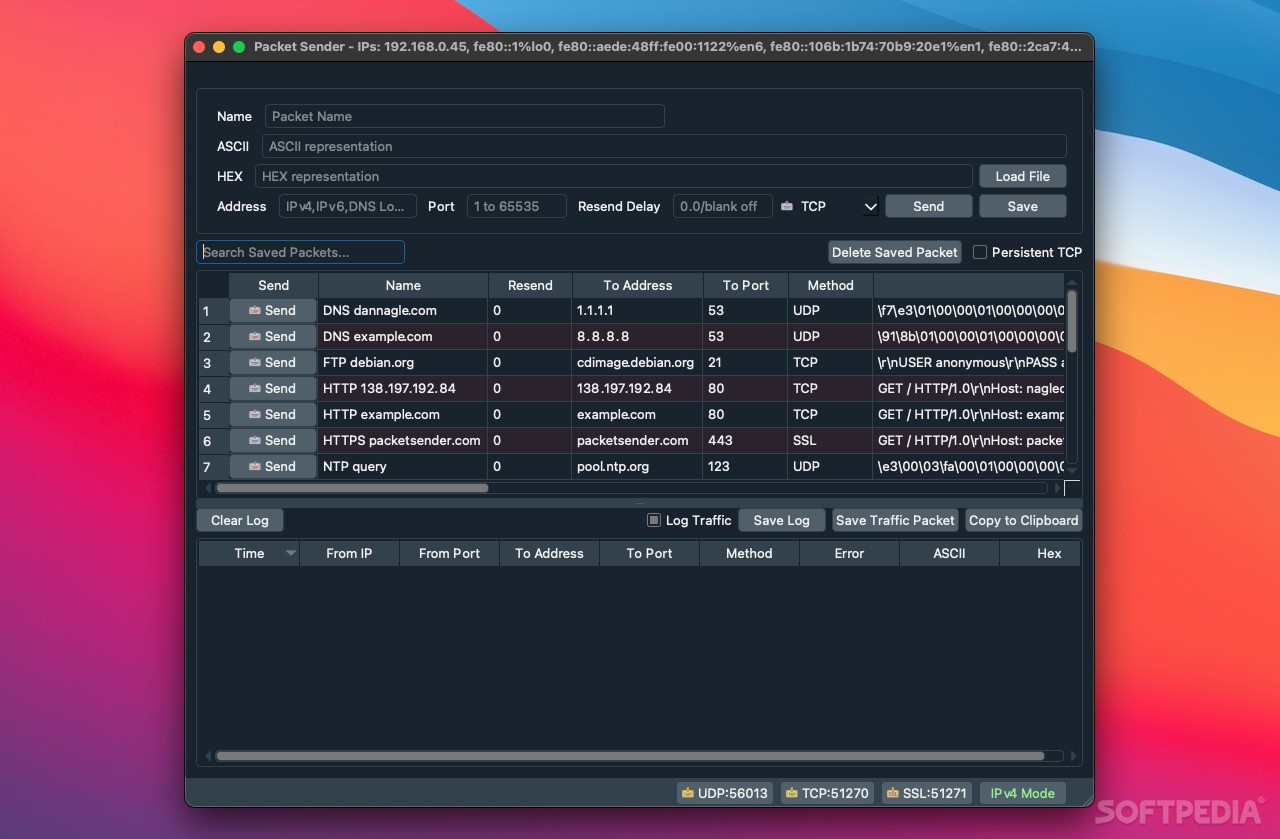


Aside from having to spend on additional IT equipment and bandwidth to accommodate the lag, organizations can suffer from lower productivity because employees might be unable to carry out their everyday tasks on the job.Īccording to Gartner, the average cost of IT downtime is $5,600 per minute. Packet loss can also have economic consequences. Packets that do not get through properly are a drain on the entire network, driving down network speeds and throwing off a network's throughput and bandwidth. The farther the packets have to travel, the higher the chances of loss. When a packet or more fails to travel between the router and the device this is when a packet loss occurs. When connecting the internet or networks units of data called packets begin to be sent out and received between a router and the device. However, when a file refuses to download properly or a video has issues playing, users become concerned and usually get IT involved to investigate. The issue might be packet loss. Most internet users are blissfully unaware of packets.

A network that is configured properly and optimally can more evenly distribute its load across several pieces of hardware, enhancing performance and delivering a seamless experience for end-users. Packets are sent to their destinations along the best path possible to ensure network efficiency. All internet communication activities involve packets, including sending and receiving emails, downloading web content, streaming videos, and listening to podcasts. Network packets, or just packets, are small units of data transported over a network.


 0 kommentar(er)
0 kommentar(er)
